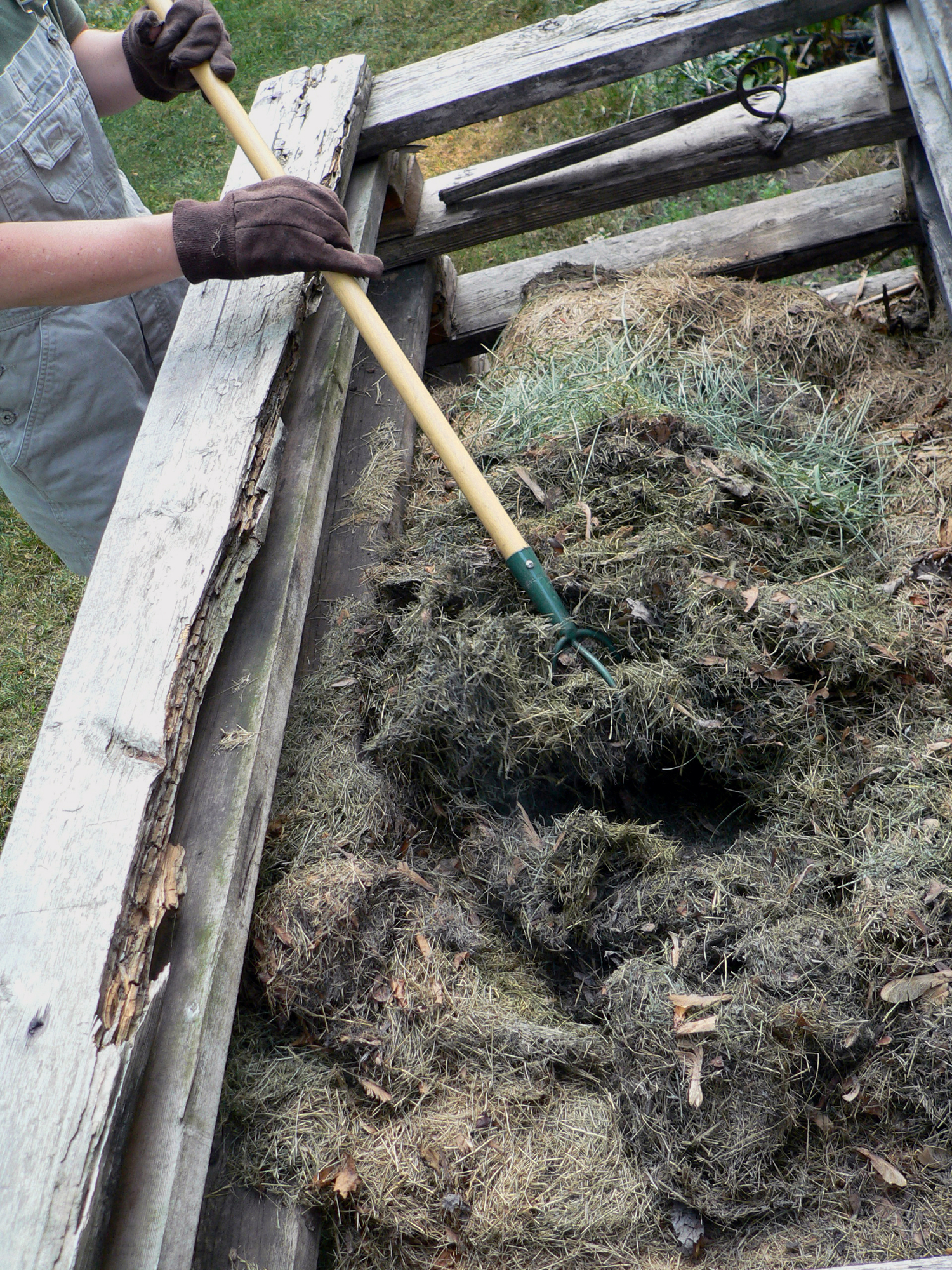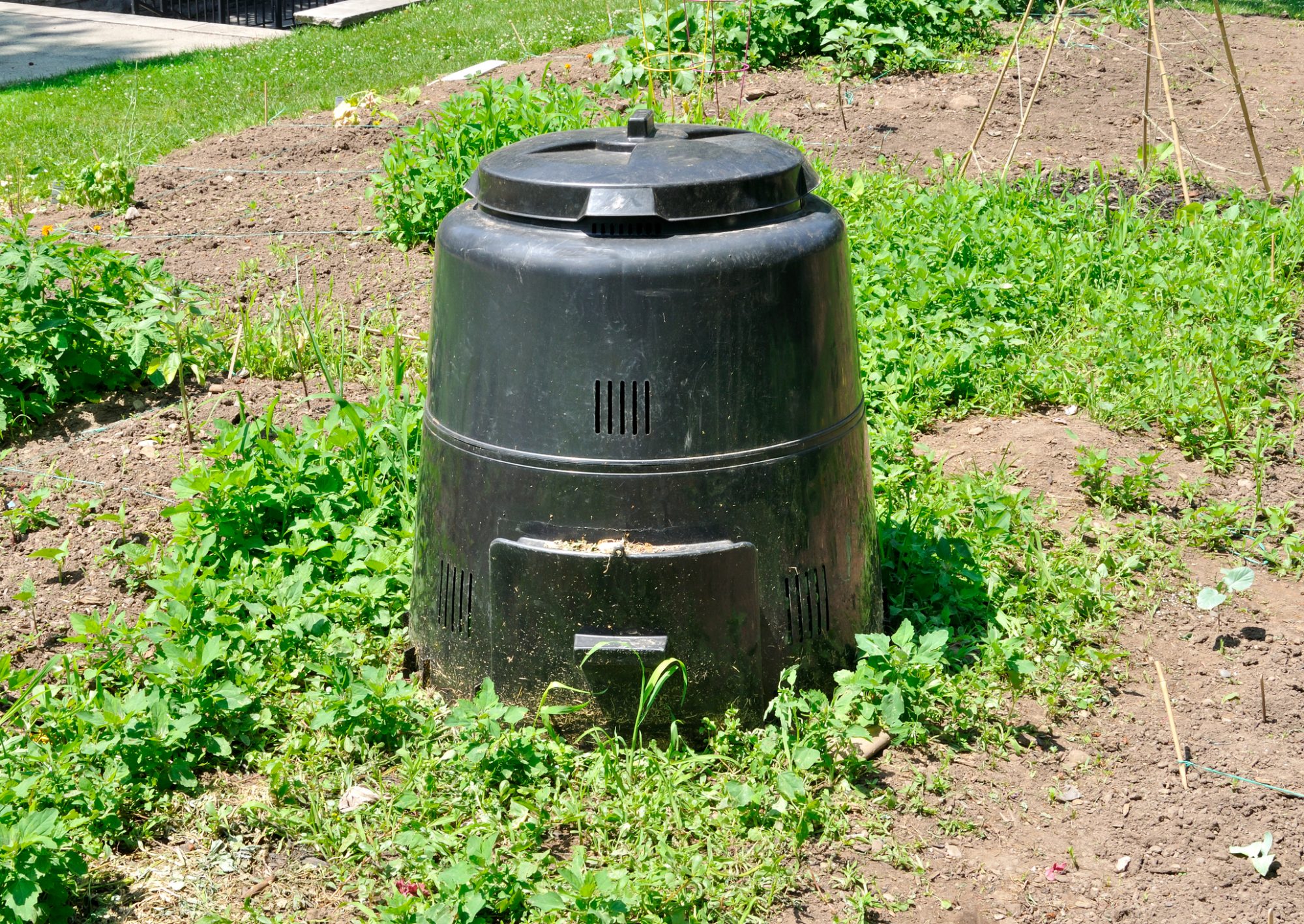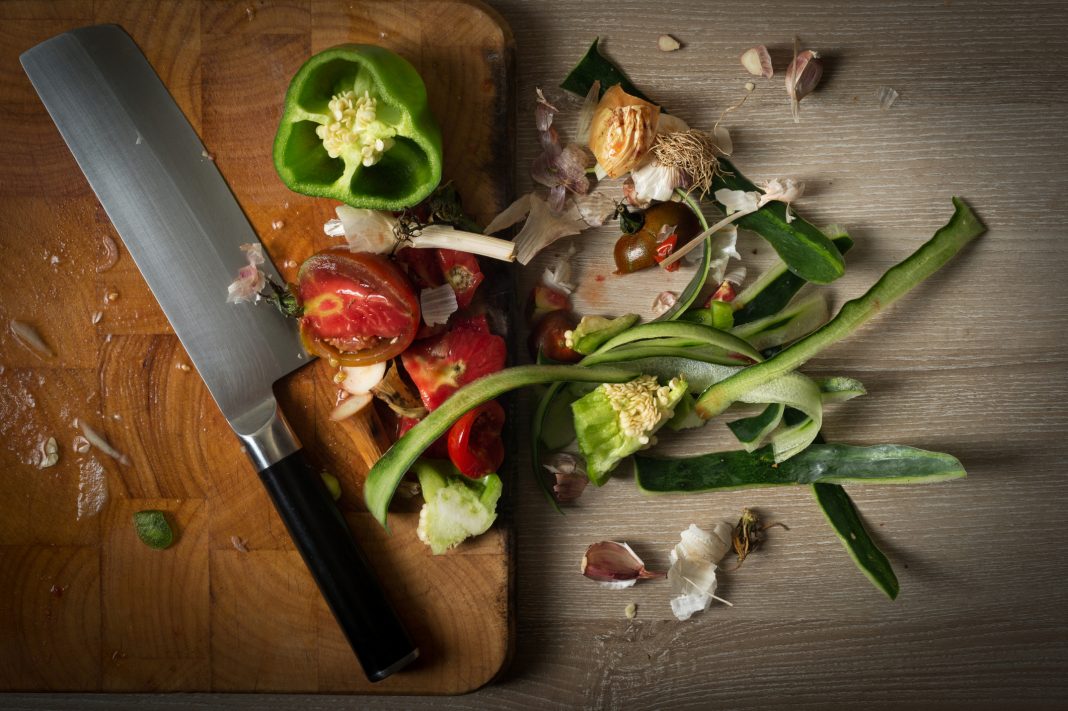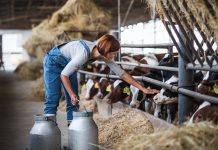Compost can boost global crop production and reduce methane emitted through landfills – and it can all start in your home with unwanted food scraps
Learning to compost is the most environmentally friendly way of dealing with kitchen and garden waste. It can be used as a soil improver and more, just by disposing of unwanted food and garden waste.
Many houses or apartments have small gardens, which often doesn’t encourage people to try growing their own food or making their own compost. Food scraps and yard waste together currently make up more than 30% of what we throw away – when they could be used in composting instead.

Gardeners and farmers add compost to the soil to improve its physical properties, but you don’t need to be either one of these to make your own sustainable food compost system. You can even use compost instead of soil to grow plants, as mature compost is a stable material with a content called humus.
Composting enriches the soil, which can help to retain moisture and suppress plant diseases and pests. While reducing the need for chemical fertilisers, it also reduces methane emissions from landfills and lowers your carbon footprint.
Compost, overall, encourages the production of beneficial bacteria and fungi that break down organic matter to create humus, a rich nutrient-filled material. It is an entirely natural way of disposing of food and plant matter that goes back into the environment.
Soil plays a crucial role in ensuring global food security
The simple process of composting
It begins with combining organic wastes, such as food waste, yard trimmings, and manures (if possible), in the right ratios into piles.
‘Green waste’ which includes uncooked food scraps, weeds, and grass clippings should make up 25-50%, and ‘brown waste’ such as dry paper, dry leaves, and cardboard should make up the rest. This is because green waste feeds microorganisms and brown waste makes sure there’s enough air and drainage to prevent a smelly mess.
Then, you add bulking agents to the mix such as wood chips, as necessary to accelerate the breakdown of organic materials and let the finished material fully mature through a curing process.
Putting food waste directly into a general waste bin can release methane emissions
A standard compost bin is about the same size as the wheelie bin you might have for your normal waste, it is generally about a metre high.
It requires a patch of grass or earth to stand it on, as the bottom of the compost bin is open to the soil and you simply add scraps to the top. These bins can keep all your biodegradable waste tidy, but compost can simply also just be a pile of waste and soil, too.
To get the compost working, throw in handfuls of soil so the bacteria can get to work and turn the handle regularly to mix the compost.

Composting can start with a simple food waste bin
If you don’t want to do the full composting ritual – all you’ll need is a food waste caddy. Keep it on the kitchen counter to store your peelings, scraps and used teabags, and then either put out your food waste bin for collection (you may need to notify the council in the area you live in) or, if you can compost, transfer this into an outside compost bin every few days.
What can be put in food waste collections?
• All uneaten food and plate scrapings
• Baked goods such as bread, cakes and pastries
• Dairy products, eggs and eggshells
• Fruit and vegetables including raw and cooked vegetables and peelings
• Out-of-date or mouldy food
• Raw and cooked meat or fish, including bones
• Tea bags and coffee grounds
What can’t be put in food waste collections?
• Liquids such as milk and yoghurt – as they may leak causing spillages when transporting the food waste
• Non-food products including nappies
• Packaging or plastic of any kind
Compost on a larger scale: the Precision Compost Strategy
UQ’s School of Agriculture and Food Sciences looked at another method of composting, conducting research and adopting a Precision Compost Strategy (PCS).
Professor Susanne Schmidt from UQ found that PCS in large-scale agriculture could improve crop yield, soil health and divert biowaste from landfill where it generates harmful greenhouse gases, by analysing over 2,000 examples of compost in the agricultural sector.
30% of the world’s agricultural soil is classified as degraded
Professor Schmidt said about the project: “Instead of relying just on mineral fertilisers, PCS involves supplementing the right type of compost with nutrients to match the needs of soils and crops.
“Soils that have become compacted and acidic are then aerated and neutralised. The result is they can retain more water, facilitate root growth and nourish the organisms that keep soils and crops healthy.”
Applying PCS to large-scale agriculture could mitigate climate change
Schmidt continued: “But currently 30% of the world’s agricultural soil is classified as degraded, with projections that this could rise to 90% by 2050. Our research estimates PCS could boost the annual global production of major cereal crops by 96 million tonnes, or 4% of current production. This has flow-on effects for consumers by addressing food shortages and price hikes.
“In Australia alone, more than 7 million tonnes of biowaste ends up in landfill every year where it generates huge amounts of avoidable greenhouse gases and other undesirable effects. If we repurpose it, we can restore crucial carbon in cropland topsoil. There are cost benefits too – diverting just 15,000 tonnes of biowaste could save a local council as much as $2-3 million a year.”
Here are some top tips to help you reduce food waste, slowly but surely #FoodWastehttps://t.co/a5dEztMFJ1
— Open Access Gov (@OpenAccessGov) September 7, 2022
References
https://www.rhs.org.uk/soil-composts-mulches/composting
https://www.epa.gov/sustainable-management-food/reducing-impact-wasted-food-feeding-soil-and-composting
https://www.ecoandbeyond.co/articles/composting-food-waste/
https://toogoodtogo.com/en-us/movement/knowledge/where-does-food-waste-go-in-the-end












Composting is one of the simplest, yet most effective things one can do!